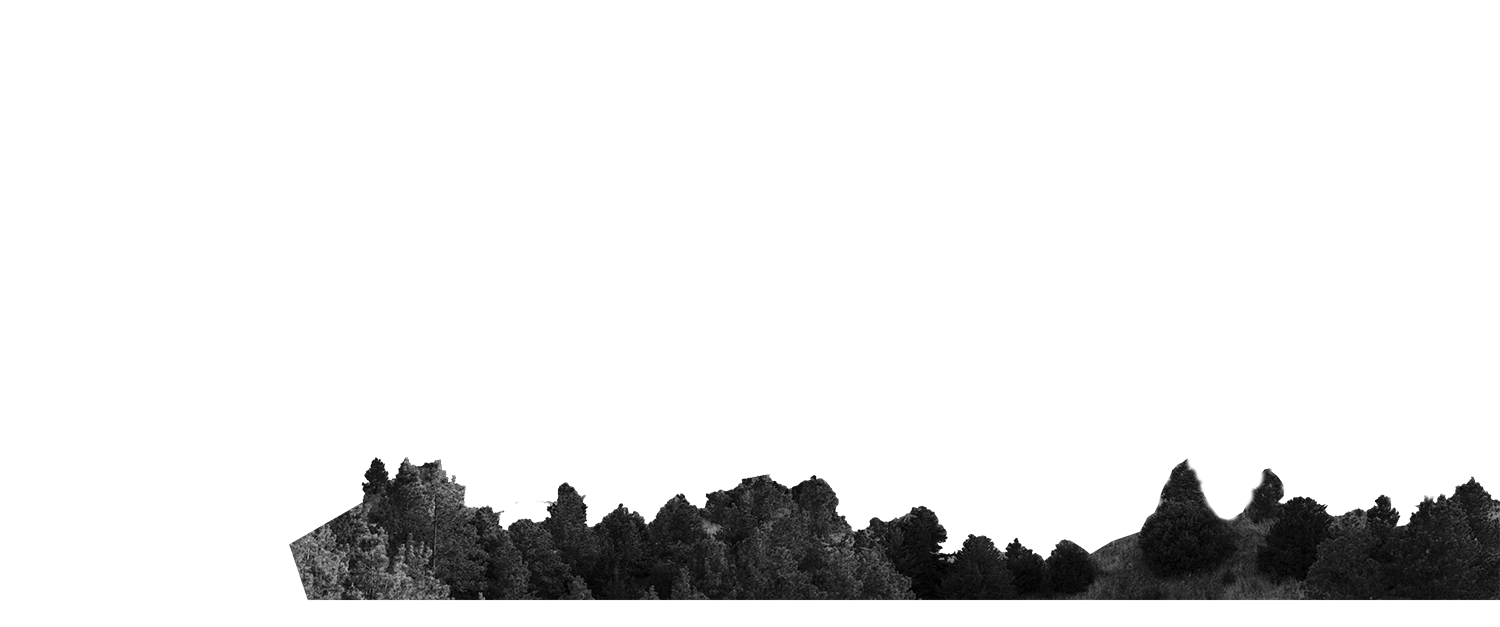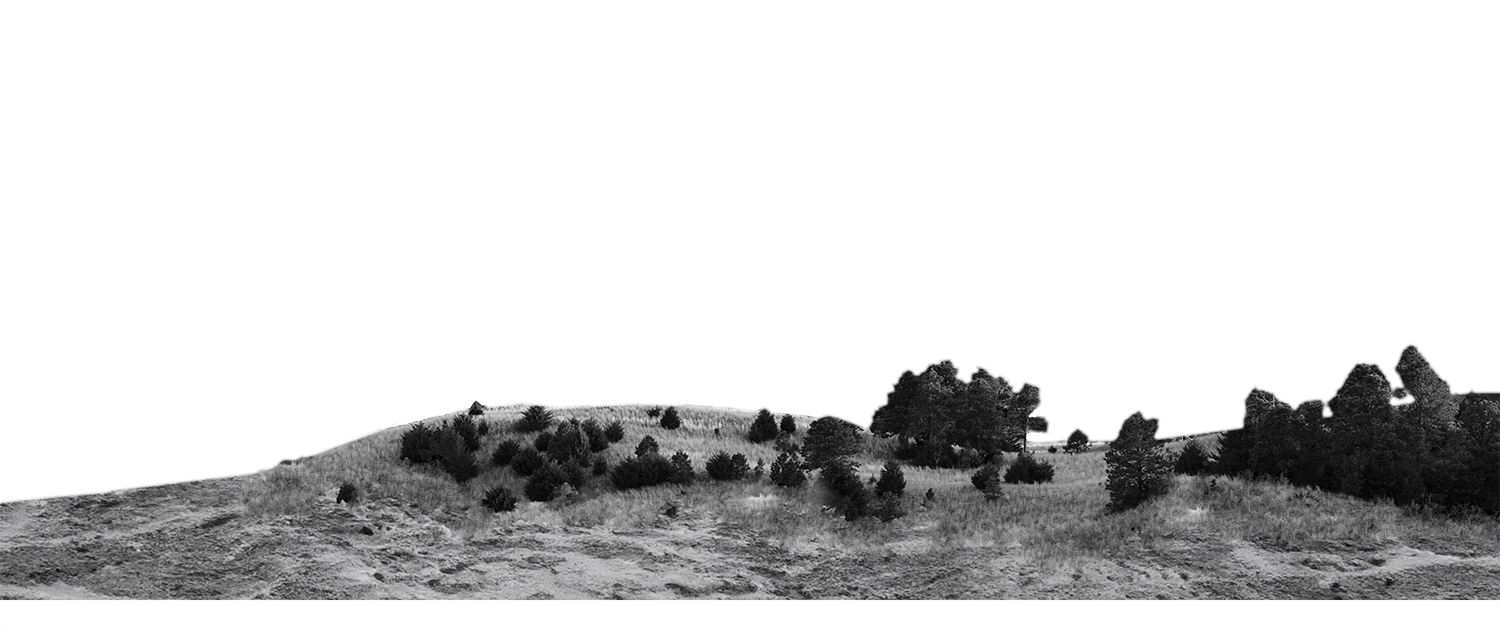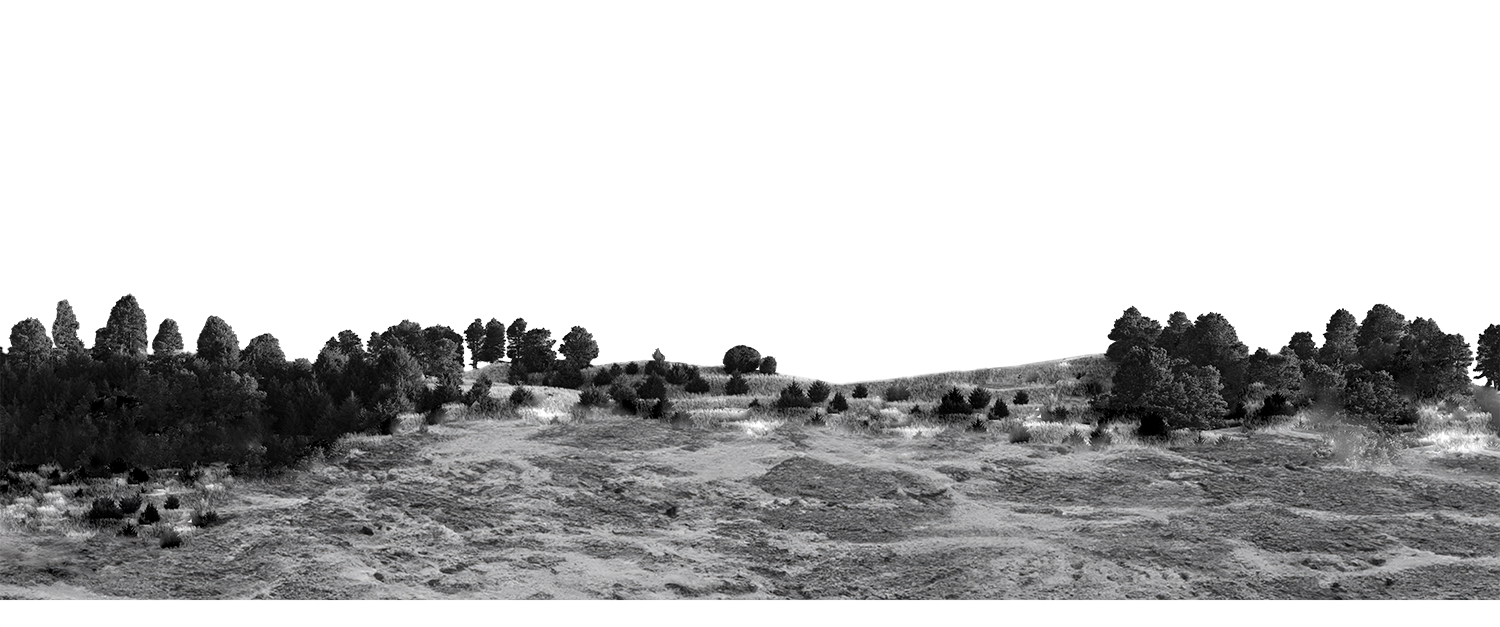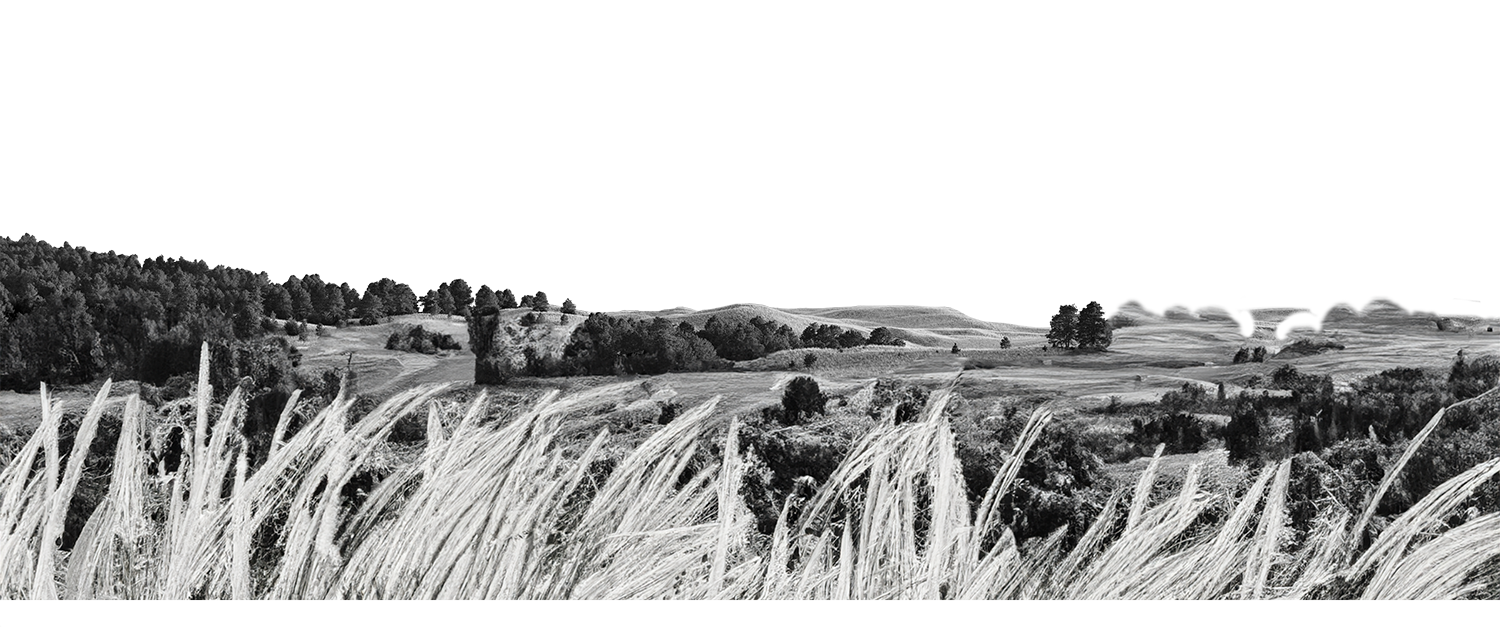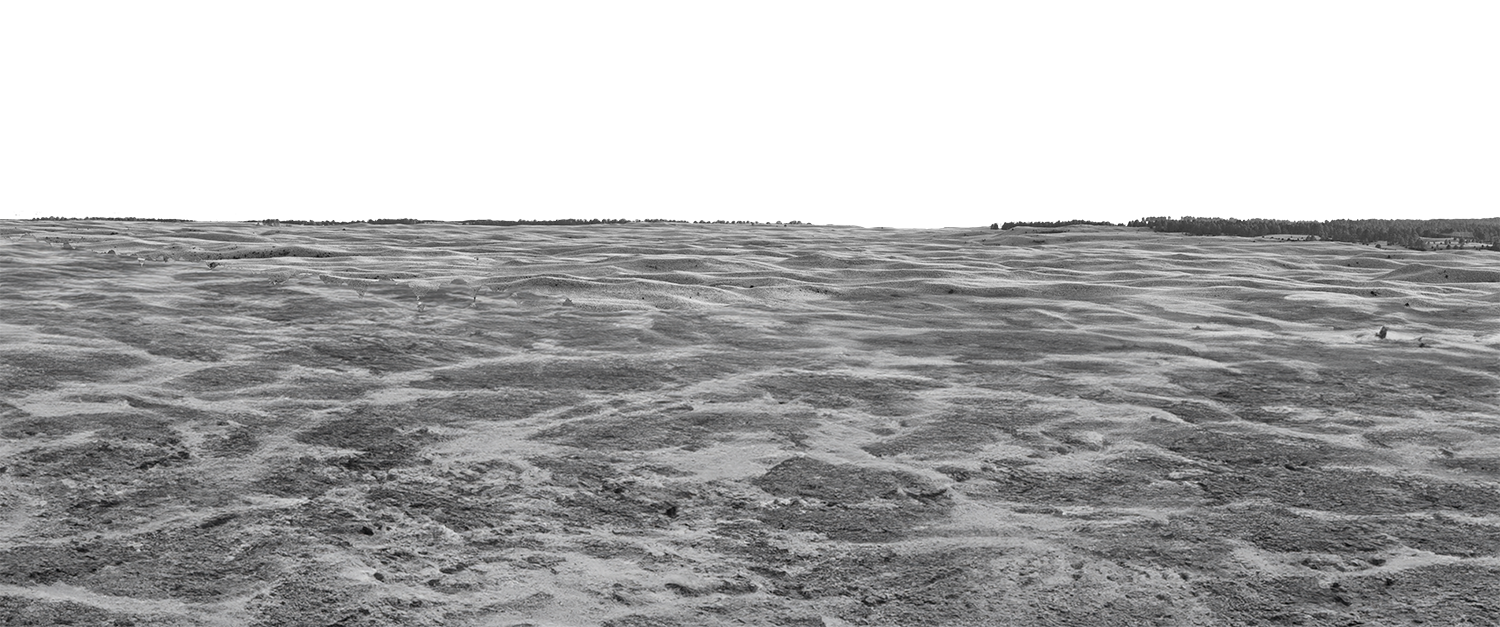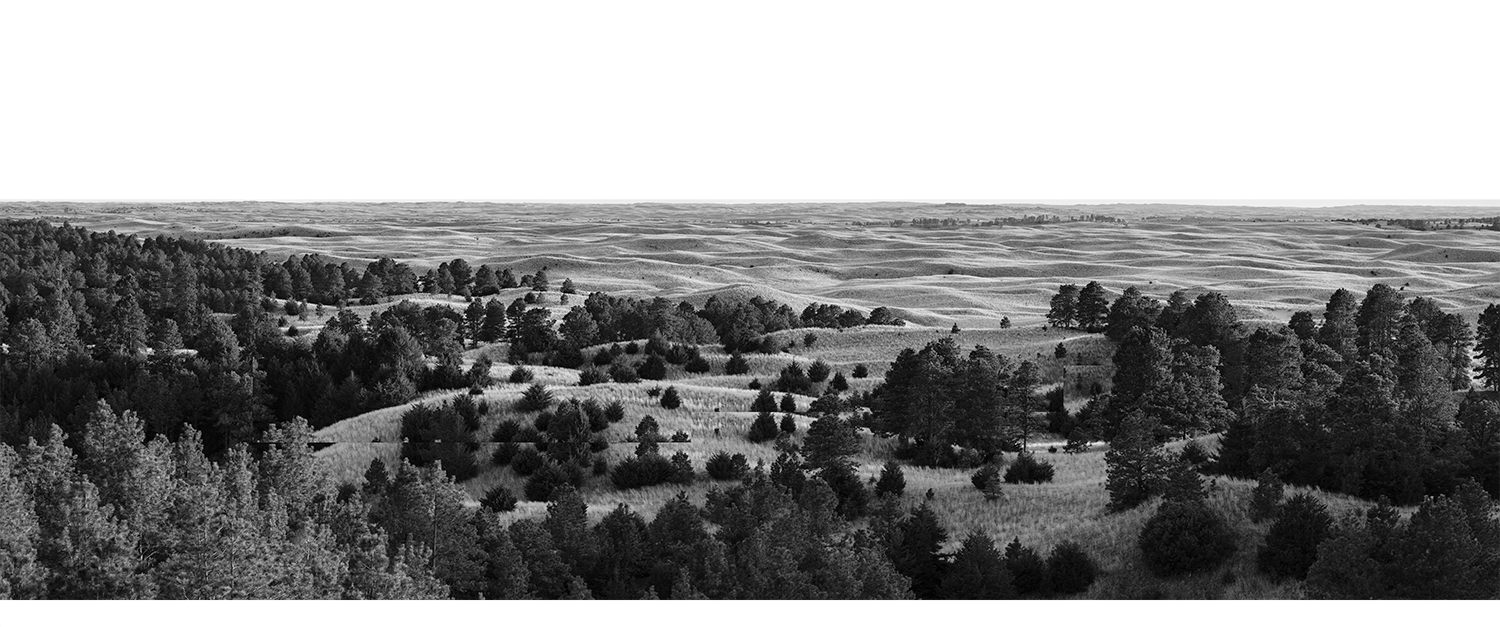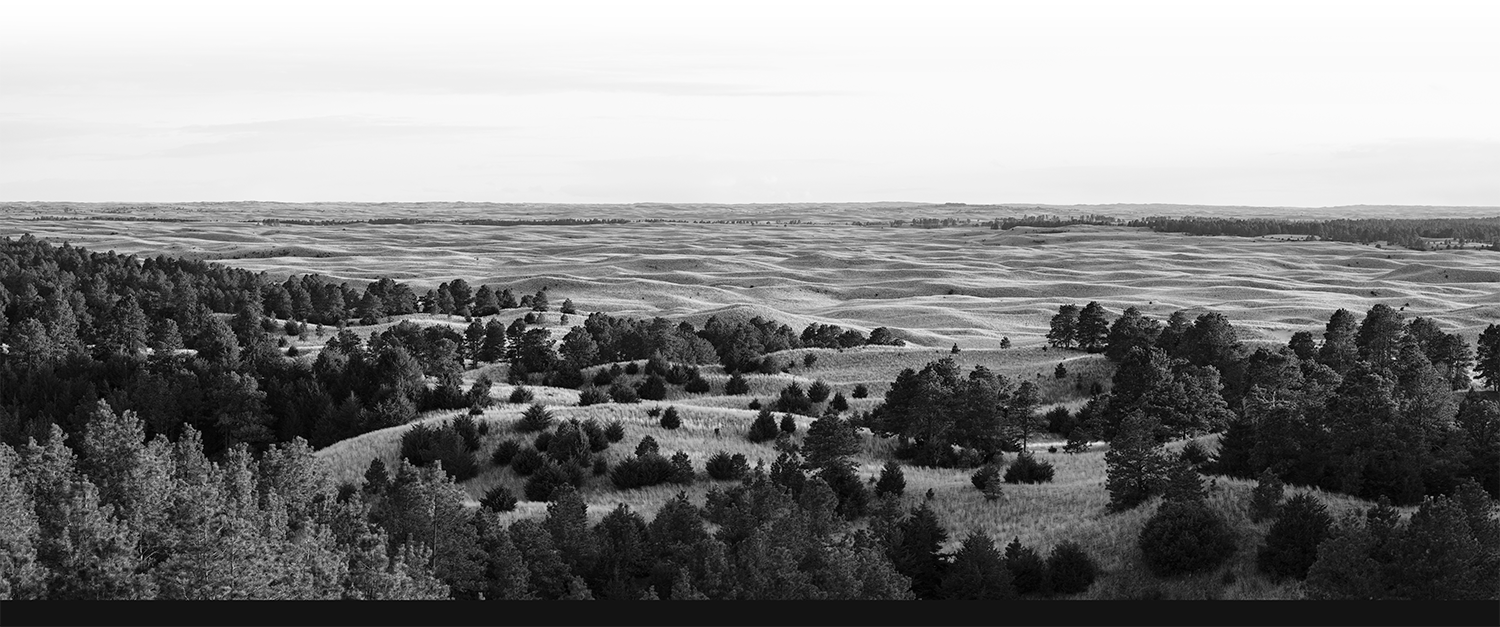Exploring how humans shape the ecosystem
Nebraska photographer Dana Fritz is intrigued by grand gestures. Few gestures are as grand as creating what was once the world’s largest hand-planted forest.
Fritz spent years exploring Bessey Ranger District and Nursery of the Nebraska National Forest and Grasslands in north-central Nebraska near Halsey.

The result is “Field Guide to a Hybrid Landscape” (University of Nebraska Press, 2023).
“I got interested because planting a forest by hand sounds a little crazy,” said Fritz, Hixson-Lied Professor of Art. “Then I started learning about it. It’s infinitely complex and incredibly fascinating.”
Fritz uses her camera to document how humans shape the land. Her new book visually captures the forces – human and non-human – that formed today’s forest. It includes historical photos, maps and essays by an ecologist, art historian, geographer and others to incorporate multiple perspectives.
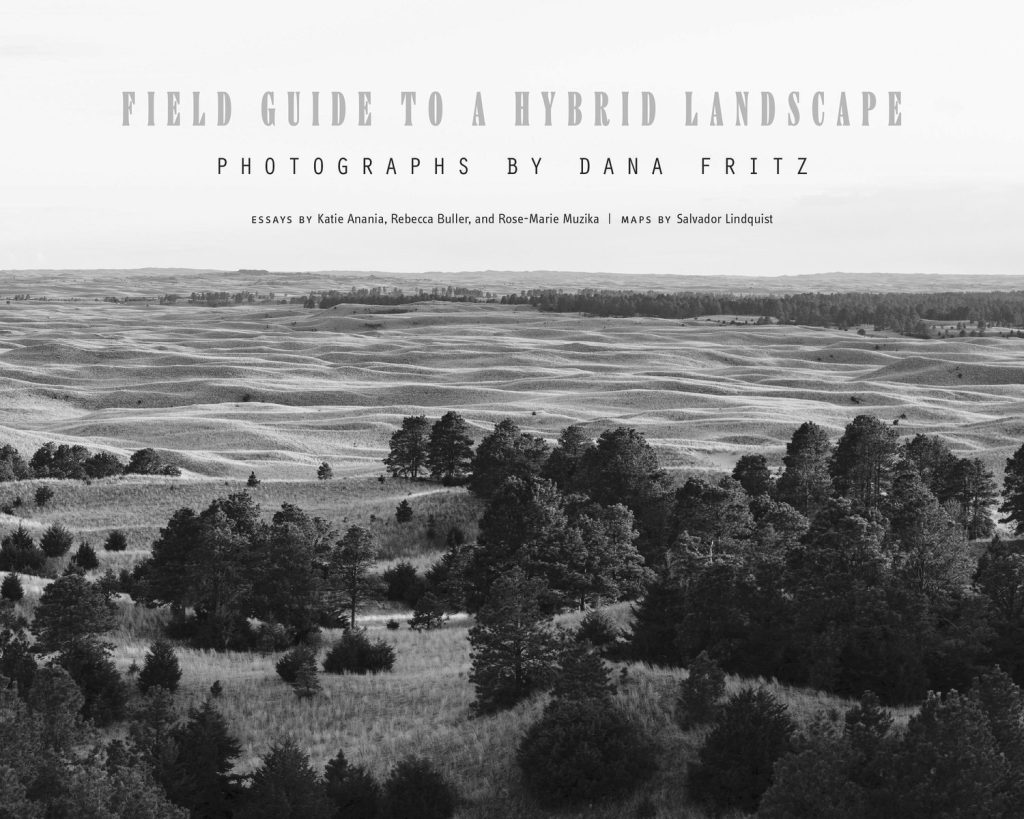
At University of Nebraska chancellor and botanist Charles E. Bessey’s urging, the federal government established the tree nursery and forest in 1902 in the Sandhills, one of the world’s largest grass-stabilized dune regions. He believed the area was once forested and sought to create a national timber reserve.
Some hoped a forest would bring rain, failing to appreciate the area’s unique ecosystem, Fritz said.
“I always thought it was a story about climate change. The nursery was established to grow trees for the new forest in an effort to change the local climate. Now the nursery produces trees for reforestation in native forests damaged by climate change. It’s a radically different mission.”
Driving home the point, since Fritz’s book went to press, three forest fires have wiped out nearly half of the forest’s trees. Scenes she captured no longer exist.
“My book is probably the most complete visual examination of the forest before the big fires,” she said.
“There are multiple ways into the book,” she added, citing its ecological, artistic, geographical and philosophical viewpoints. “Even though it’s about this small place in Nebraska, it’s a story that has lessons for anywhere.”
Since the fires, Fritz returns regularly to document what’s happening. Because the forest didn’t exist 120 years ago, it’s an unpredictable adventure.
“Will it return to grassland? Will it be resilient as a forest? The story continues.”
+ Additional content for Exploring how humans shape the ecosystem
News release: Fritz’s new book explores Nebraska National Forest and Grasslands


